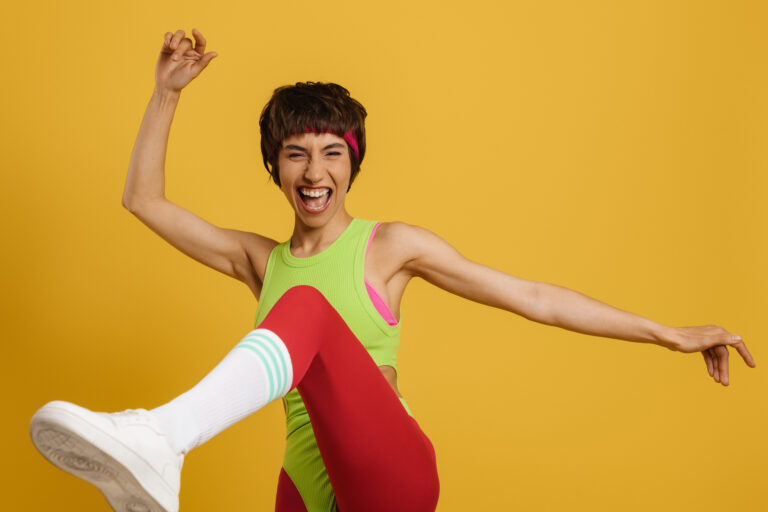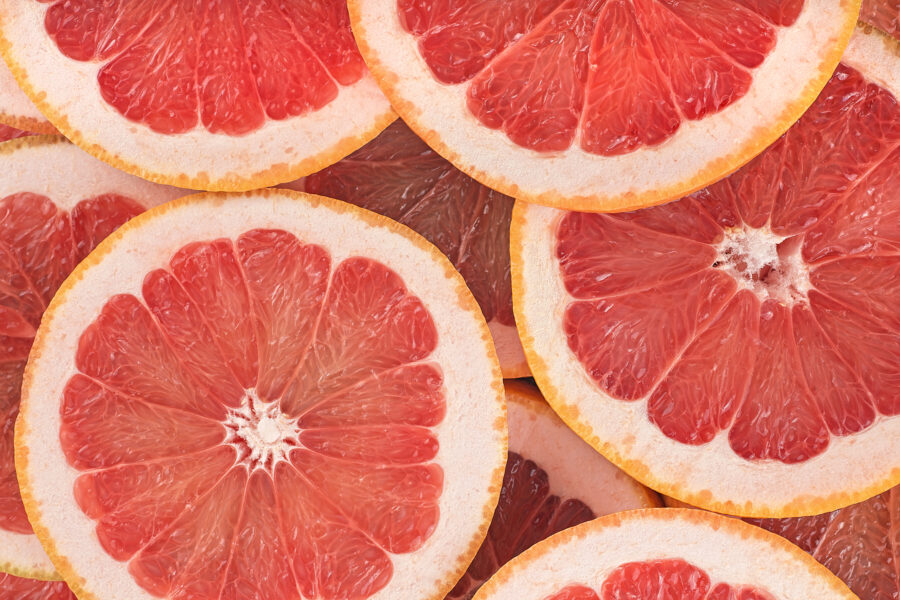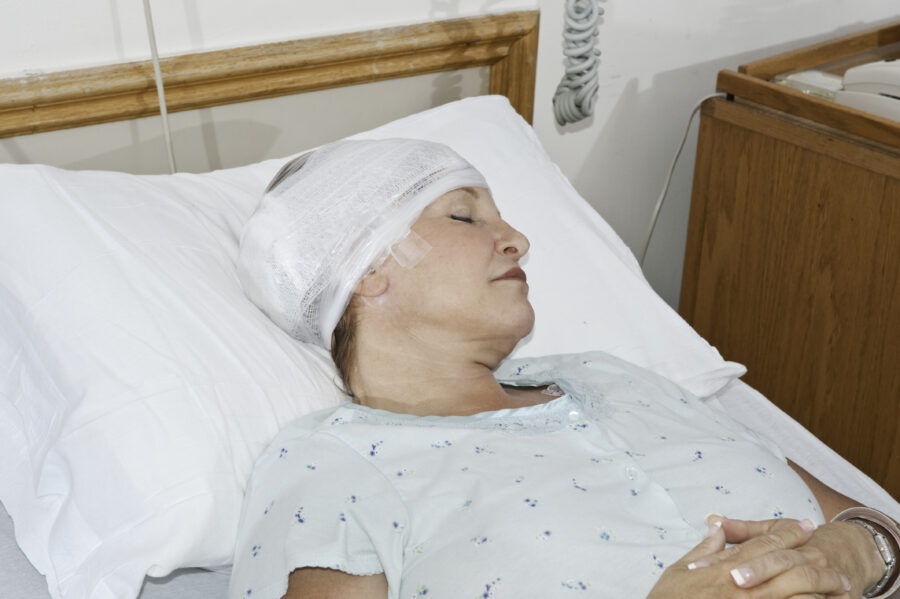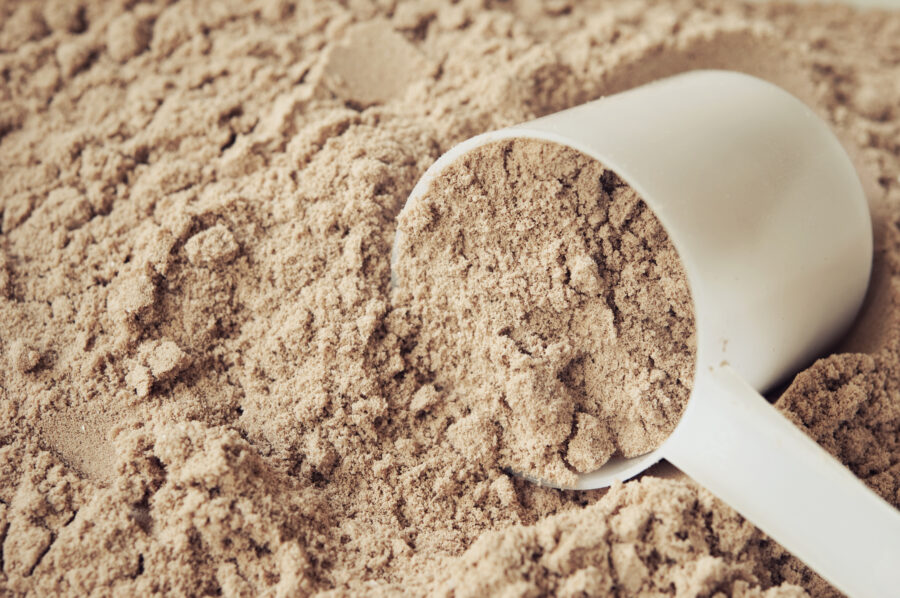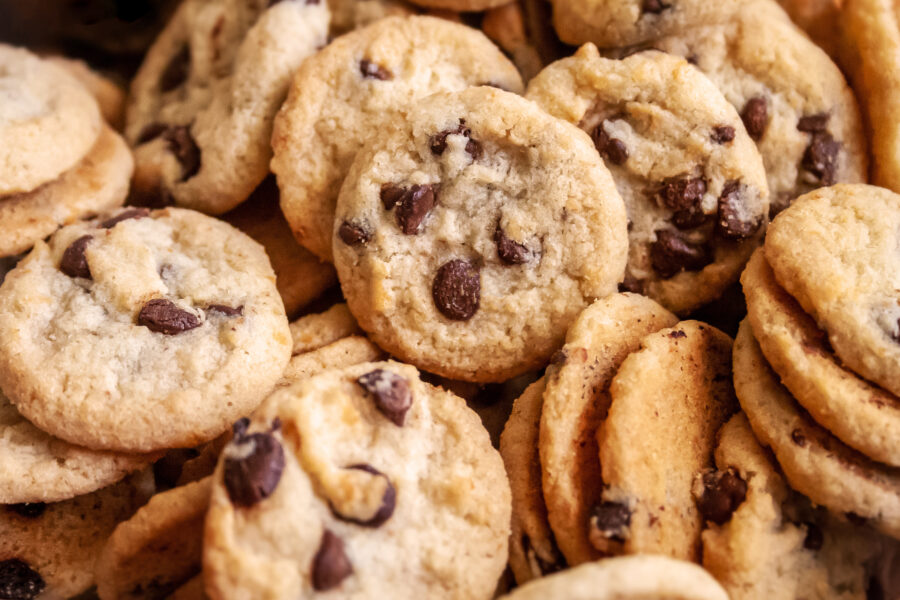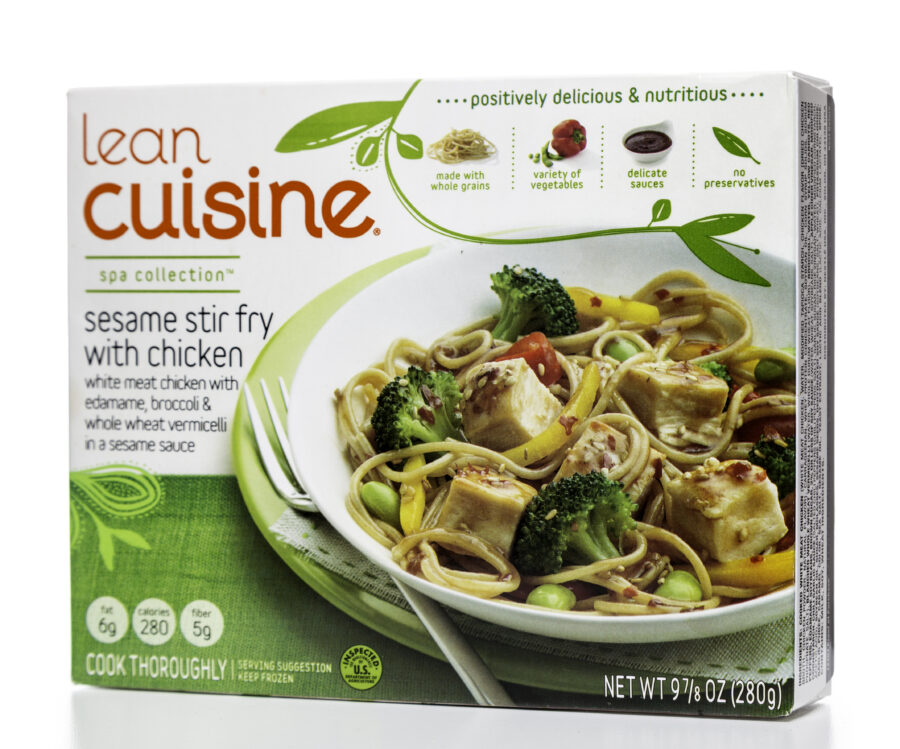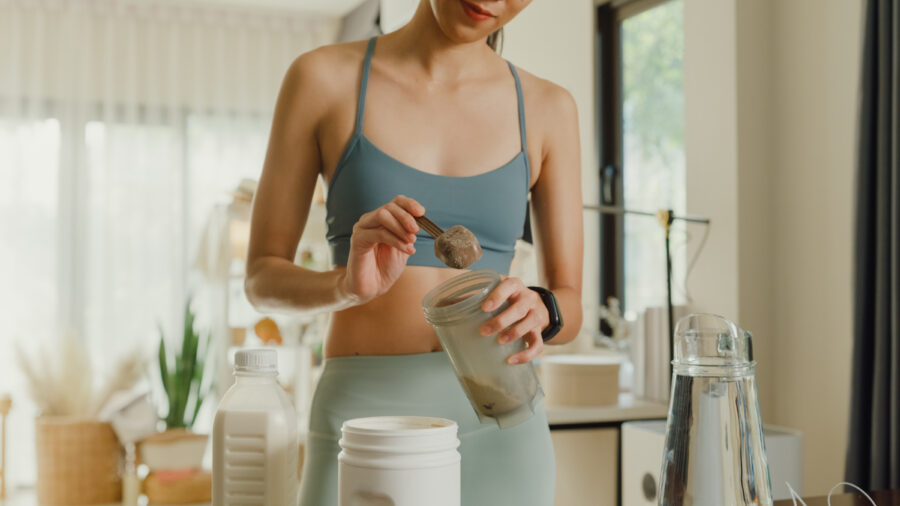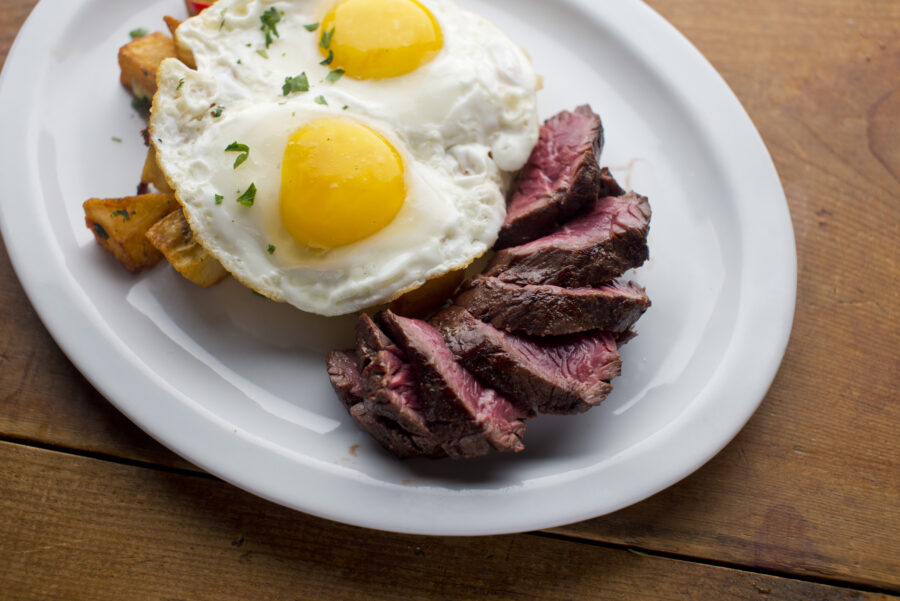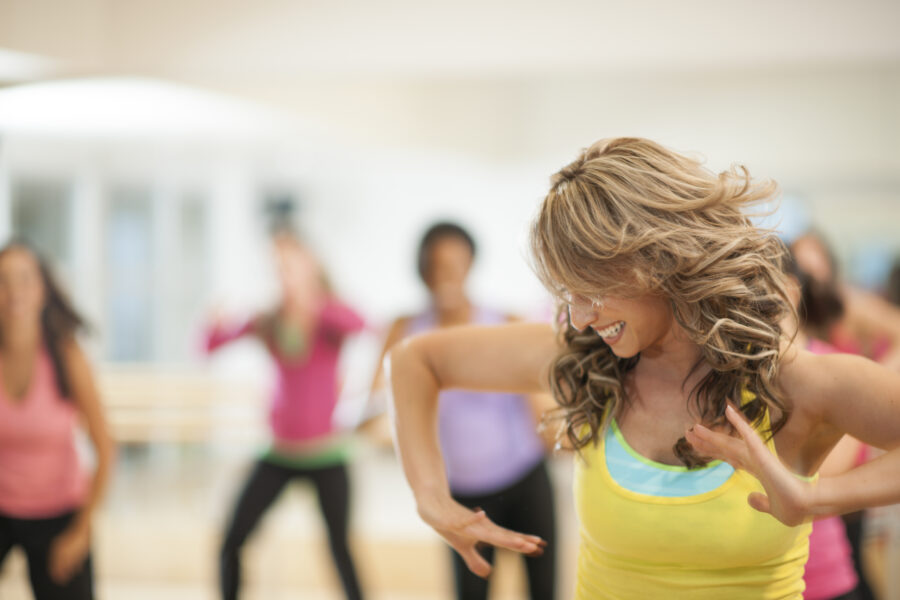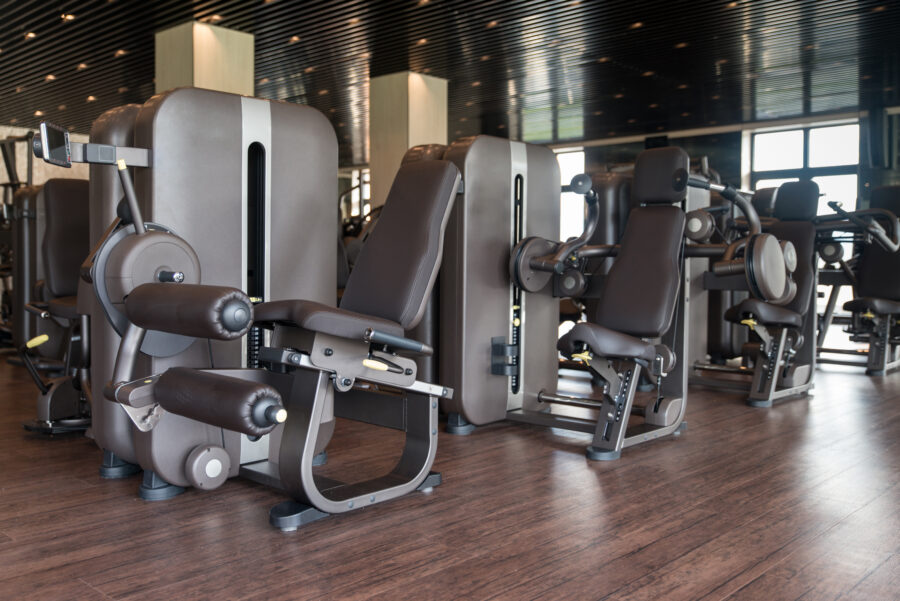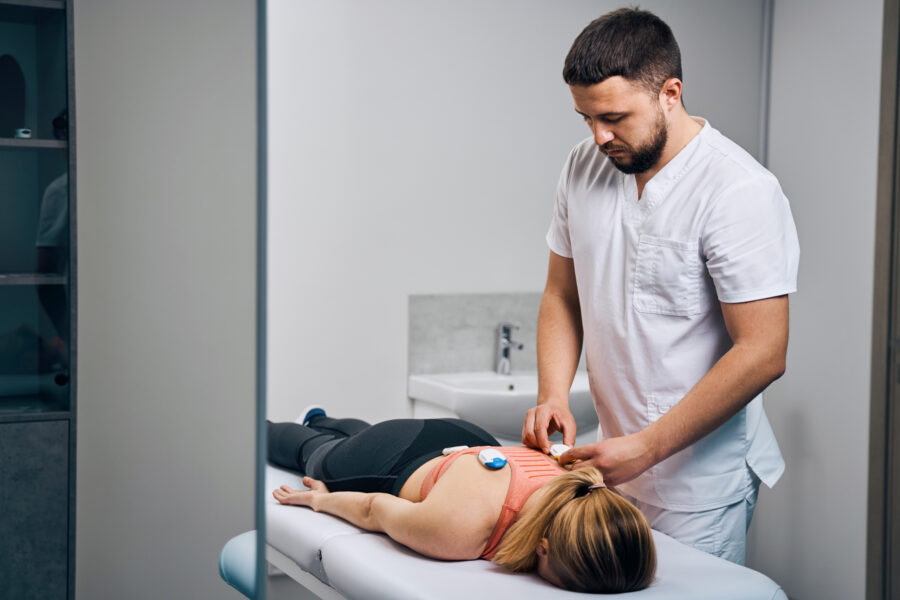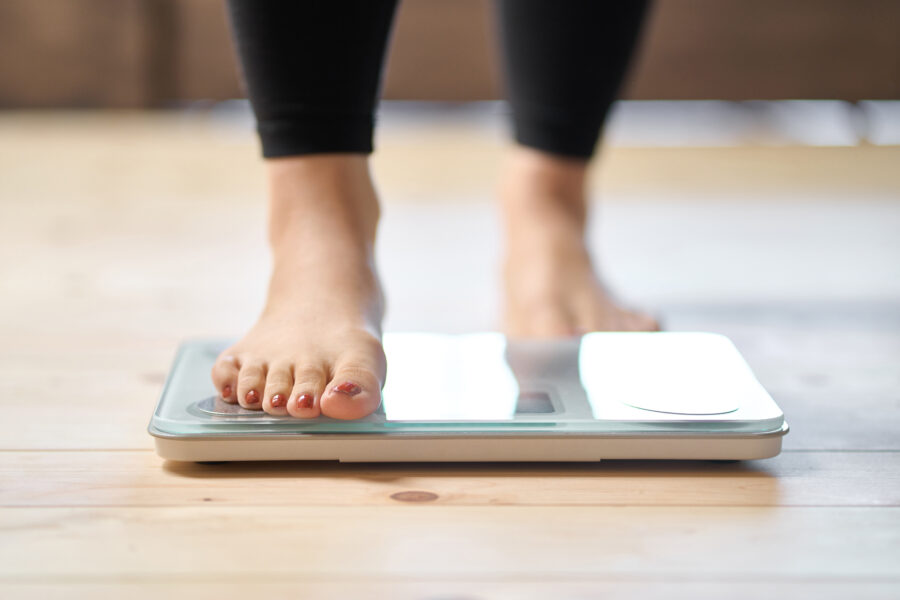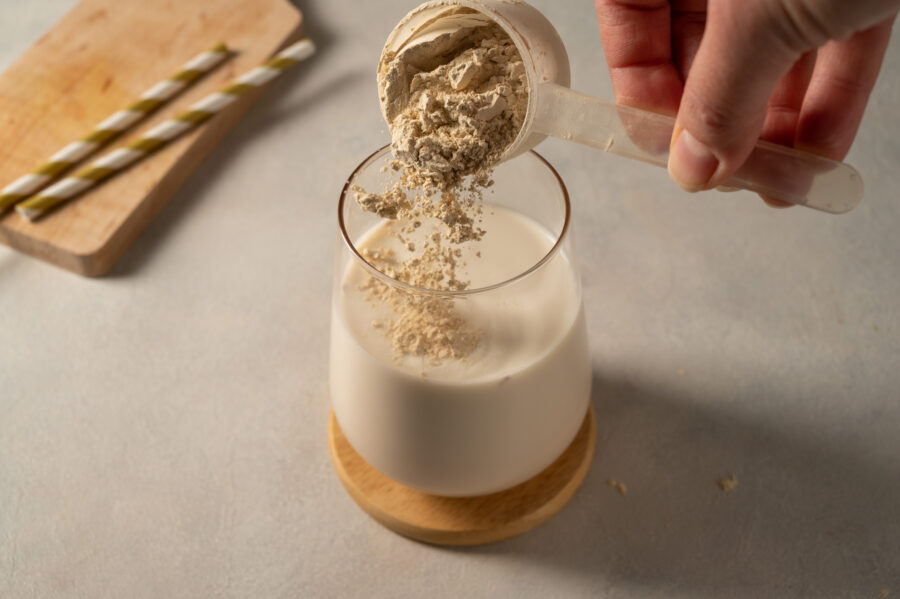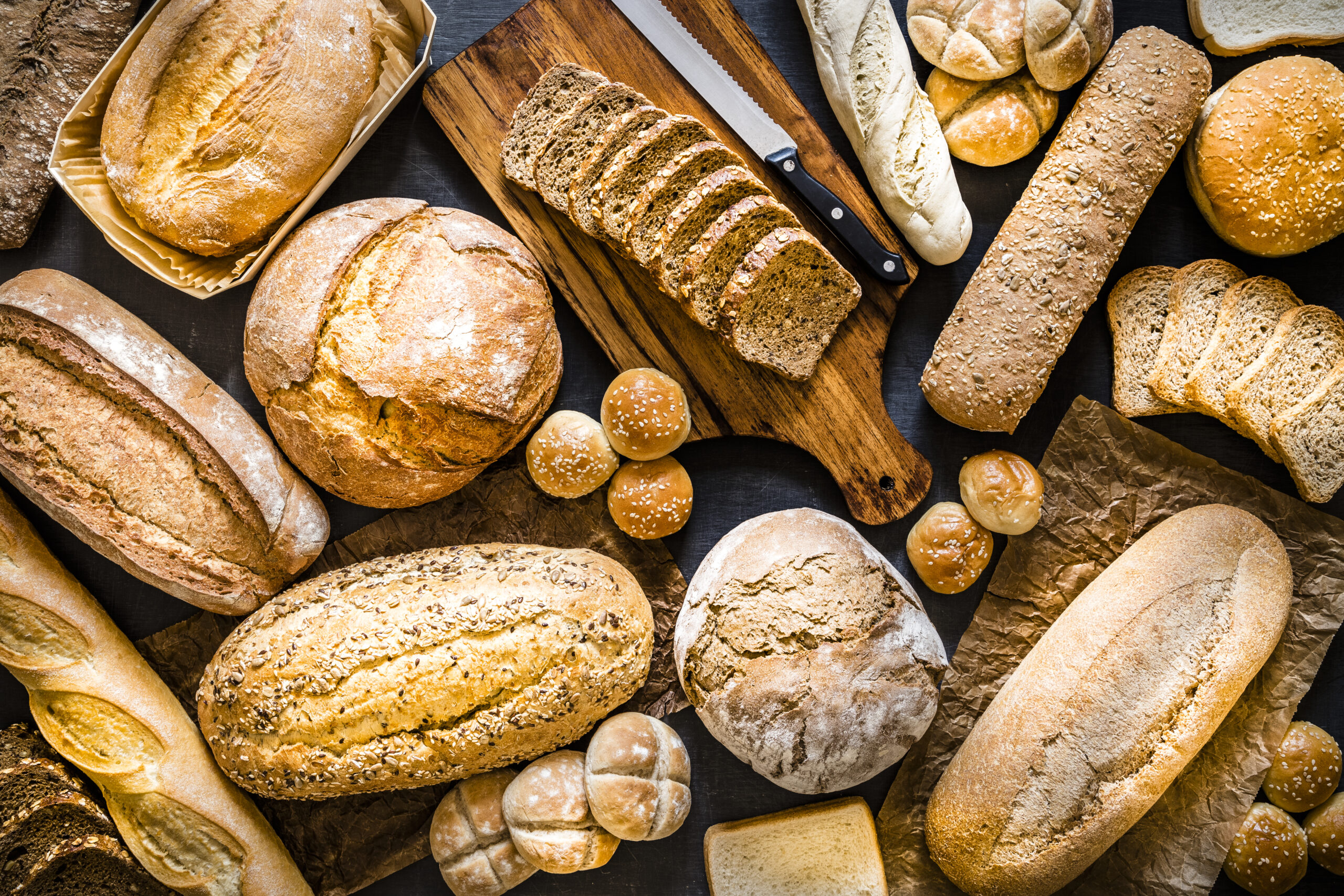The world has come along way since the insanely restrictive ‘70s and ‘80s. Let’s take a look at the mass craze over fad diets, at-home machines, and video workouts.
The Grapefruit Diet
You can do anything for 12 days. That’s what this plan is banking on. While we love grapefruits, this 12-day plan makes you have them at every meal.
The real kicker? The daily caloric intake of less than 1,000 calories for most of these diets, according to Healthline. Honestly, I can hear my stomach grumbling.
For all the pain, you could lose up to 10 pounds in 12 days. This is due to fat-burning enzymes found in grapefruits. Still not worth it.
Dexatrim
Diet pills were big in the ‘70s and ‘80s. Dexatrim, one of the most popular, was an appetite suppressant created by S. Daniel Abraham, who also invented Slim-Fast.
The diet pill contained phenylpropanolamine, which was commonly prescribed for allergies, according to Livestrong. However, this wasn’t something you’d want in a diet pill.
Dexatrim, along with other diet pills containing phenylpropanolamine, was later pulled off shelves. This was because it was linked to the increased possibility of strokes.
The Sleeping Beauty Diet
You can’t eat if you’re sleeping, right? Yeah, we know that’s a toxic mindset. But it’s something a ton of people subscribed to in the 70s.
The Sleeping Beauty diet is an extreme weight loss method that involves sleeping to avoid overeating. Many have taken sedatives to do so, which makes it dangerous.
It was so popular in the ‘70s that even Elvis Presley tried it. A doctor recommended that he undergo a medically-induced coma to prevent him from eating.
Optifast
In the ‘80s, Optifast got Oprah Winfrey’s stamp of approval. Apparently, it helped her lose almost 70 pounds in a matter of months, the Chicago Tribune reported.
Optifast was a liquid diet that involved drinking a “high-protein, vitamin-packed powder mixed with water” five times a day. Overall, Optifast provided only 420 calories per day.
The program was offered in hospitals and helped people lose weight quickly, but the real challenge after the program was keeping the weight off.
The Cookie Diet
Eating cookies all day doesn’t sound too bad. The cookie diet sounds like something the Cookie Monster would love, but it was a real trend.
The diet was created in the 70s by Dr. Sanford Siegal who developed low-calorie cookies that supposedly helped control hunger (and your sweet tooth).
According to his website, Dr. Siegal uses a top “secret amino acid protein blend” for the cookies. We’d rather just treat ourselves to regular cookies.
Low-Fat Everything
After a decade’s worth of fad diets in the 70s, nutritionists started singling out low-fat diets. This may have done more harm than good.
In the 1980s, reports came out that claimed fat in our diet was the most important change people could make to improve their health, according to PBS.
However, lowering a food’s fat content meant an increase in sugar. Though the intention was to help people lose weight, the low-fat trend made people gain it.
Lean Cuisines
These low-calorie frozen meals were a hit in the ‘80s. Lean Cuisine started as a healthier alternative to Nestle’s acquired frozen meal company, Stouffer’s.
There were initially ten different offerings that were advertised as containing only 300 calories or less. However, these foods are highly processed; they won’t give you necessary nutrients.
With its convenience and promise for a healthy meal, Lean Cuisine was a hit in its first year. Many other companies have followed suit, like Healthy Choice.
Jane Fonda’s Workout
Jane Fonda’s Workout made aerobic exercise available to everyone at home. In the ‘80s, she published Jane Fonda’s Workout Book. It became a New York Times best-seller.
After the book’s success, she then released a VHS tape called the Jane Fonda Workout that sold 17 million copies worldwide, according to Vogue.
Interested in trying the workout yourself? You can find Jane Fonda’s Workout online and exercise like they did back in the ‘80s. Now that sounds like fun.
SlimFast
SlimFast was introduced in 1977 by S. Daniel Abraham. It was a powdered formula that was meant to be mixed with low fat milk.
The result was a milkshake-like beverage advertised as a 1,200-calorie meal replacement for breakfast and lunch. Seems like it laid the groundwork for similar brands today.
After a tough first year for SlimFast, the brand was reintroduced into the market in the early ‘80s. It hit $197 million in sales by 1984.
The Atkins Diet
Dr. Robert Atkins was well-known in the ‘70s for promoting low-carb diets for weight loss. In 1972, Dr. Atkins published his first book: Dr. Atkins’ Diet Revolution.
In it, he emphasized that a high protein, low carb diet was the key to weight loss. Unlike other fad diets, this one is still in use.
It advertised a lifestyle that allowed people to eat steak, eggs, and bacon, while keeping off the pounds. Does this sound like proto-Keto to anyone else?
Buns of Steel
At-home workout videos were a major trend in the ‘70s and ‘80s. Buns of Steel was high on the list of the most popular workout tapes.
Buns of Steel came out in 1987 and featured athlete and health-club owner Greg Smithey, the Chicago Tribune reported. He doesn’t seem as cool as Jane Fonda.
As the name of the workout suggests, Buns of Steel toned the glutes. However, it used “less aerobics.” Whatever floats your boat, we guess.
Jazzercise
The dance fitness craze was big in the ‘70s and ‘80s and still is to this day. Jazzercise was created by Judi Shepherd Missett in 1969.
She started her cardio dance class with only 15 students. As the wave of Jazzercise caught on, her classes got bigger and bigger, The Washington Post reported.
Jazzercise is still alive and well and is taught decades after it was first introduced. Now, the classes are super high-intensity, including kickboxing to the mix.
Step Aerobics
If jazzercise was a bit much for you, step aerobics could be your thing. This was an alternative to more intense dance fitness classes.
Gin Miller created the workout in the ’80s. Because it was designed to be a low-impact workout class, it was great for beginners and people with injuries.
It eventually expanded to gyms, fitness studios, and videotapes. They might not be as popular nowadays, but you can still find step aerobics classes.
Nautilus Workout Machines
The at-home workout machine completely transformed exercising at home. If doing an aerobic workout class on VHS wasn’t for you, Nautilus’s fitness equipment was where it was at.
According to the workout demonstration, the equipment provided resistance training to help its users get fit. These machines seem pretty ahead of their time.
You can still find Nautilus equipment today, with Bowflex being one of the more recognizable names. Clearly, Nautilus has withstood the test of time.
Electric Muscle Stimulators
The technology was used as a way to enhance muscles. The idea behind electric muscle stimulators was to increase or decrease activity in the nervous system.
By doing so, it was supposed to strengthen muscles, increase muscle size, improve endurance, and speed up muscle recovery. It was popular in the ‘70s.
This technology was actually used to help out Olympic athletes at the time. Now, it’s making a comeback as trainers combine workouts with new EMS tech.
Richard Simmons Tapes
Since he started out, Richard Simmons has been an icon in the fitness industry. Simmons struggled with his weight, which led him to build his fitness empire.
He developed a myriad of fitness classes and at-home workout tapes, like Sweatin’ to the Oldies and Dance Your Pants Off, which people absolutely loved.
These would sell millions of copies, according to The Washington Post. He was also the author of multiple books, like Never Say Diet and Never Give Up.
Fad Diets: Which Are the Healthiest?
Unsurprisingly, a lot of these diets aren’t exactly the healthiest. However, some of them are much better than others, and are still worth a try.
Out of all the ones listed, Lean Cuisine seem to be the least harmful, though that doesn’t make it healthy. It’s just preferable to a medically-induced coma.
If you really want to try these, you’re better off trying out some of the workout tapes or jazzercise. Those actually seem fun and beneficial.
Which is the Least Healthiest Diet?
There are several contenders for this title. You can probably already tell that it’s a tough competition from a quick glance at these diets.
SlimFast, which is still a thing, is known for being pretty unhealthy. Replacing your meals with protein shakes definitely doesn’t get you your nutrients.
While the Atkins Diet is also unhealthy, leading to nutritional imbalances, we think the Sleeping Beauty Diet takes the cake. You shouldn’t have sleep for dinner.
What Can We Learn from Fad Diets?
Ultimately, fad diets are just that: a fad. While some of them can seem beneficial on the surface, it’s important to do research before trying anything.
That means not putting yourself in a medically-induced coma to try and lose weight like Elvis Presley tried to do. Seriously, come on, Elvis. What were you thinking?
We can’t blame you for being curious about some of them, though. So, did you try out any of these wellness trends? Were they successful?

